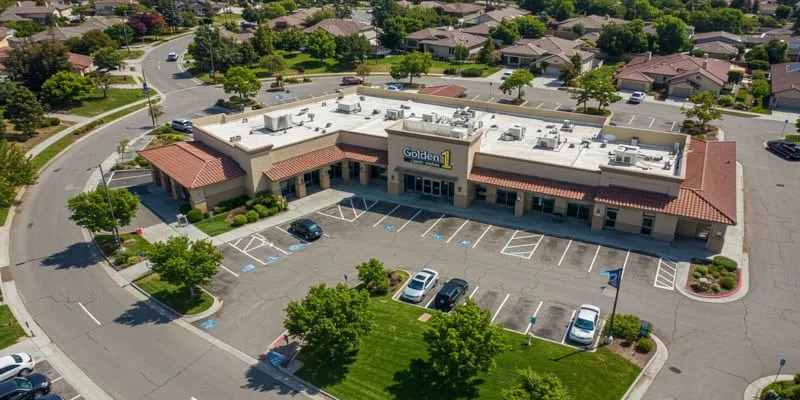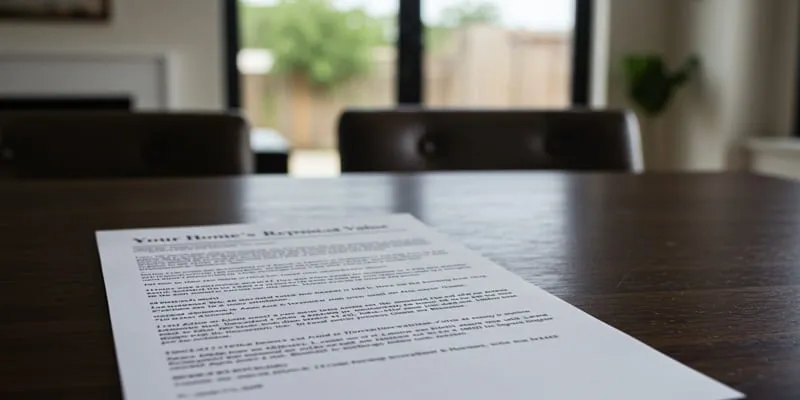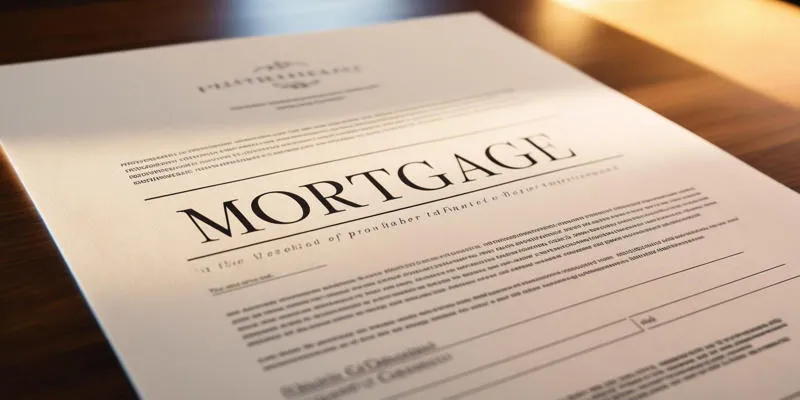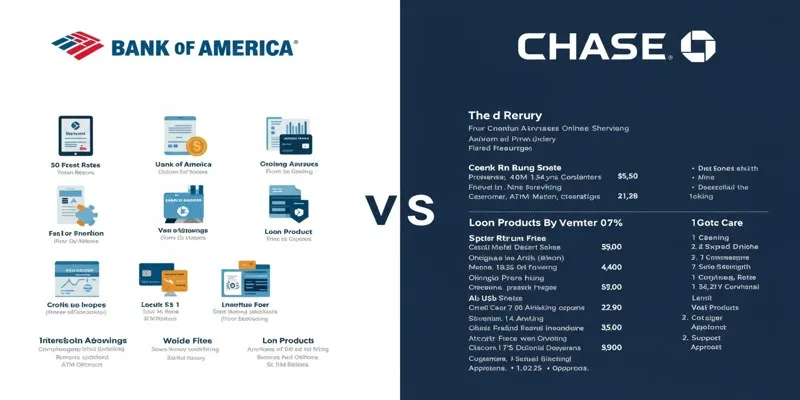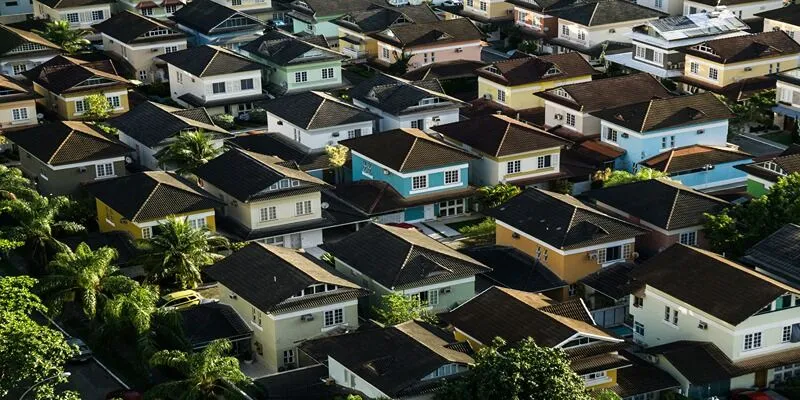How to Financially Prepare for Buying a House: A Step-by-Step Guide
Purchasing a home is one of the most important financial decisions you’ll ever make. It’s not just about finding the perfect place to live; it’s about ensuring you’re financially ready to handle the expenses that come with homeownership. This process can be overwhelming if you don’t take the right steps to prepare.

Financial readiness involves much more than just having a stable income; it requires planning, saving, and understanding your financial health. In this article, we will explore how to financially prepare for buying a house in a clear, straightforward way, focusing on the key steps you need to take before making that life-changing purchase.
Understanding Your Financial Health
Before you even start thinking about buying a home, you need to assess your current financial health. This involves examining your income, expenses, and savings. Begin by checking your credit score, as a good score is essential for securing favorable mortgage terms. Generally, lenders prefer borrowers with a score above 620. If your credit score is lower than desired, take steps to improve it before applying for a mortgage.
Next, examine your debt-to-income (DTI) ratio. Lenders use this ratio to determine how much of your income is already committed to existing debts. Ideally, you want to keep your DTI below 43%, as this shows lenders you have enough income to handle a mortgage. If your DTI is too high, work on paying down some debt before you start house hunting.
Understanding where you stand financially directly impacts what you can afford in a house and which mortgage you qualify for. This is not something you should rush through, as these decisions will form the basis of all subsequent preparations.
Saving for a Down Payment and Other Costs

The largest financial barrier to purchasing a home is saving for the down payment. While saving 20% of the home’s price is encouraged, it is not always necessary. Depending on the type of loan you opt for, you might be able to put down as little as 3% or 5%. However, putting down a larger amount can lower your monthly mortgage payments and reduce the overall interest you’ll pay over the life of the loan.
In addition to the down payment, you’ll need to budget for other costs associated with purchasing a home. These can include closing costs, home inspections, and moving expenses. Closing costs generally range from 2% to 5% of the home’s price, so it’s important to factor this into your savings plan. Home inspections and appraisals also contribute to the process. While they aren’t typically expensive, the costs can add up, especially for larger homes.
Start by creating a dedicated savings account for these expenses. Regular contributions to this account can help ensure that you’re financially ready when the time comes to make an offer on a house. By saving consistently, you’ll build a buffer to cover unexpected costs that may arise during the home-buying process.
Understanding Mortgage Options
Understanding the mortgage options available to you is essential when buying a house. There are various types of loans, each with its own pros and cons. The most common types include conventional loans, FHA loans, VA loans, and USDA loans. Each loan type has different requirements regarding credit scores, down payments, and eligibility.
FHA loans are intended for first-time homebuyers and individuals with less- than-ideal credit. These loans usually require a down payment of only 3.5% but involve extra costs, such as mortgage insurance premiums. VA loans are available to military veterans and active-duty service members and often require no down payment or private mortgage insurance (PMI). USDA loans are available to buyers in rural areas and can also offer no down payment, though eligibility requirements are strict.
It’s important to research these options thoroughly and consult with mortgage lenders to determine which loan type suits your financial situation and long- term goals best. They will help you understand the terms, interest rates, and fees associated with each loan so you can make an informed decision. Don’t hesitate to ask questions and seek clarification, as this decision will impact your finances for years to come.
Creating a Realistic Budget for Homeownership

Buying a house is just the beginning. Once you’ve purchased your home, you’ll need to manage the ongoing costs associated with homeownership. A mortgage is only one part of the equation. There are other expenses to consider, such as property taxes, homeowners insurance, utilities, and maintenance costs.
It’s essential to create a realistic budget that reflects these ongoing costs. Start by determining how much you’re comfortable spending on a monthly mortgage payment. Your mortgage shouldn’t exceed 28% to 30% of your gross monthly income. Then, factor in property taxes and homeowners insurance, which can vary depending on your location and the value of the home.
In addition to these fixed costs, it’s important to account for maintenance and unexpected repairs. The general rule of thumb is to budget 1% of your home’s purchase price annually for maintenance. While some months may pass without major expenses, others may require costly repairs, so be prepared for both small and large expenses. A well-planned budget will help ensure you don’t face financial strain after buying a home.
Conclusion
Financially preparing for buying a house is a process that requires time, planning, and discipline. It’s not something that can be rushed if you want to ensure you’re ready for homeownership. From assessing your financial health to saving for a down payment, exploring mortgage options, and creating a budget for the ongoing costs of homeownership, every step plays a crucial role in ensuring you’re fully prepared for this significant investment.


